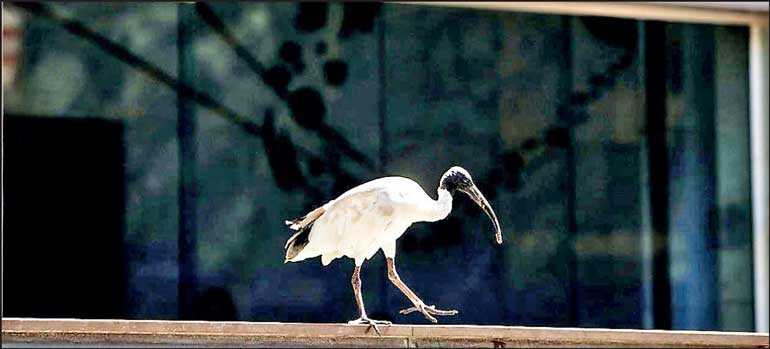Monday Apr 21, 2025
Monday Apr 21, 2025
Wednesday, 4 September 2019 00:00 - - {{hitsCtrl.values.hits}}

SYDNEY (Reuters): Australia’s central bank kept its cash rate at an all-time low of 1% on Tuesday, expecting recent back-to-back policy easing to boost broader economic growth in coming quarters, though it left the door ajar for further cuts.
The Reserve Bank of Australia’s (RBA) quarter-point reductions in June and July have struggled to gain traction amid tepid consumption at home and global uncertainty cast by the Sino-US trade dispute.
Indeed, data out earlier showed Australia’s household sector was battling miserly wage growth and subdued home prices with retail sales unexpectedly falling 0.1% in July. Annual growth braked to 2.4%, the slowest pace since the start of 2018.
RBA Governor Philip Lowe acknowledged domestic consumption was the main economic uncertainty, reiterating it was “reasonable to expect” lower for longer interest rates to help boost employment growth and inflation.
“The Board will continue to monitor developments, including in the labor market, and ease monetary policy further if needed,” to support growth and inflation targets, Lowe said in a short post-meeting statement.
Financial futures are pricing in a third cut to 0.75% by October and a fourth to 0.5% by early next year.
Lowe held out hope for stronger consumer spending in coming months helped by a pick-up in household disposable income from recent tax cuts and a “stabilization” of the country’s subdued housing market.
However, the near-term outlook was quite downbeat.
Data out on Wednesday is likely to show Australia’s June quarter gross domestic product (GDP) growth paced below the RBA’s recently downgraded estimates, with housing construction and private consumption the biggest drags.
A median of 20 economists’ forecasts shows the A$1.9 trillion economy likely expanded 0.5% in the second quarter compared with RBA’s expectations of 0.8%. Annual growth is seen slowing to a decade low of 1.5%.
“The RBA sounded a touch more optimistic when it left interest rates on hold today, but we still think that further rate cuts over the coming months are likely,” said Ben Udy, Singapore-based economist at Capital Economics.
“We don’t think that the economy is out of the woods just yet...Jobs growth tends to lag economic activity and we still expect the unemployment rate to climb to 5.5% over the coming months.”
Australia has seen strong employment growth but the jobless rate has stayed above 5% since February this year, much higher than the RBA’s goal of 4.5%.
Exports surge
The external economy is in a far healthier shape, despite the Sino-U.S. trade war hurting exports and manufacturing activity elsewhere.
Separate data on Tuesday showed Australian exporters enjoyed bumper sales last quarter gifting the country its first current account surplus in over four decades.
The current account surplus came in at A$5.9 billion for the June quarter when analysts were looking for a A$1.4 billion windfall led by higher prices for its key resources – iron ore and coal.
This is the first surplus since June 1975 and the largest on record.
“A strong external sector is providing some offset to weak domestic demand and real activity,” said RBC economists Su-Lin Ong. “From a ratings perspective, this allows more scope for some fiscal loosening to support activity.”